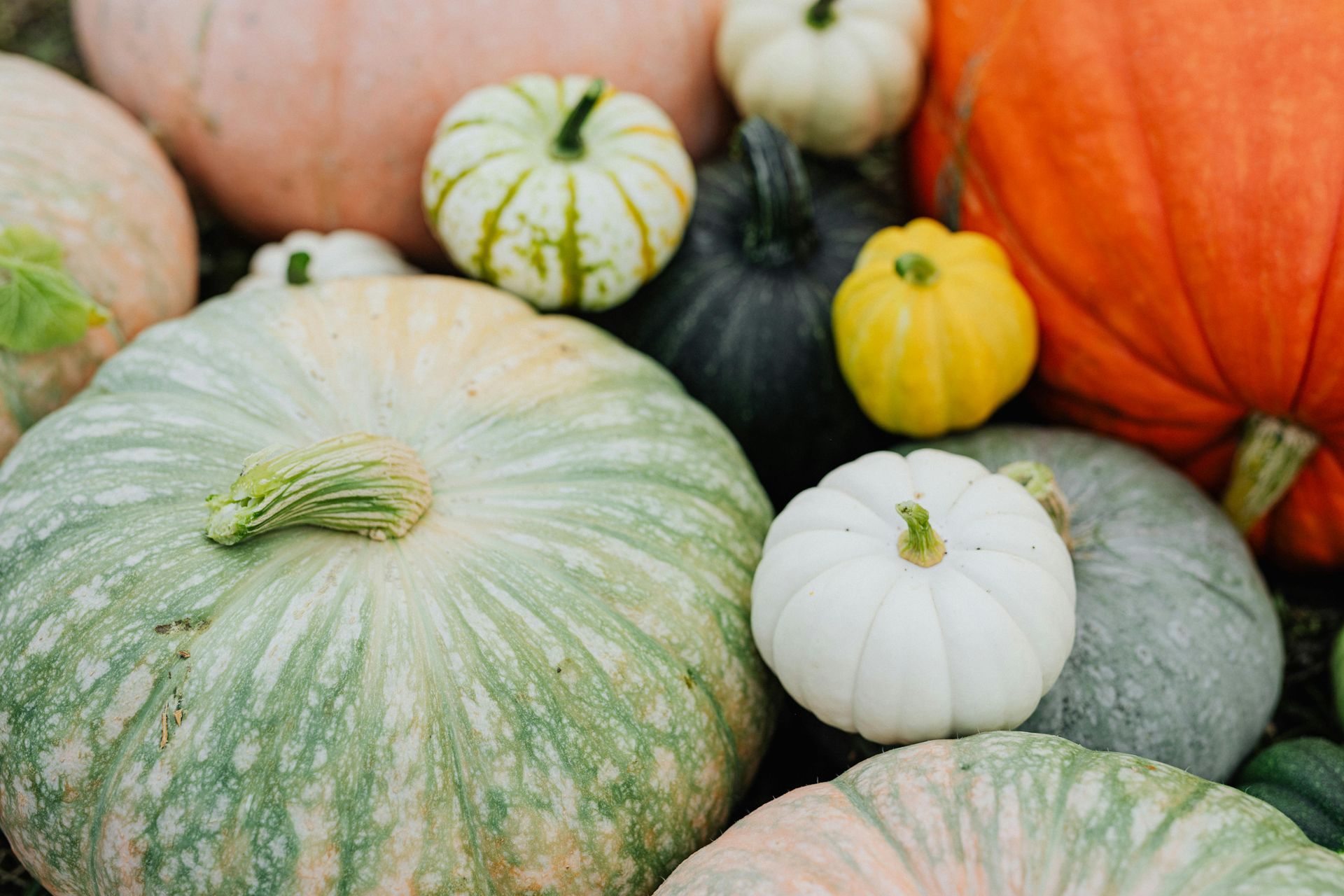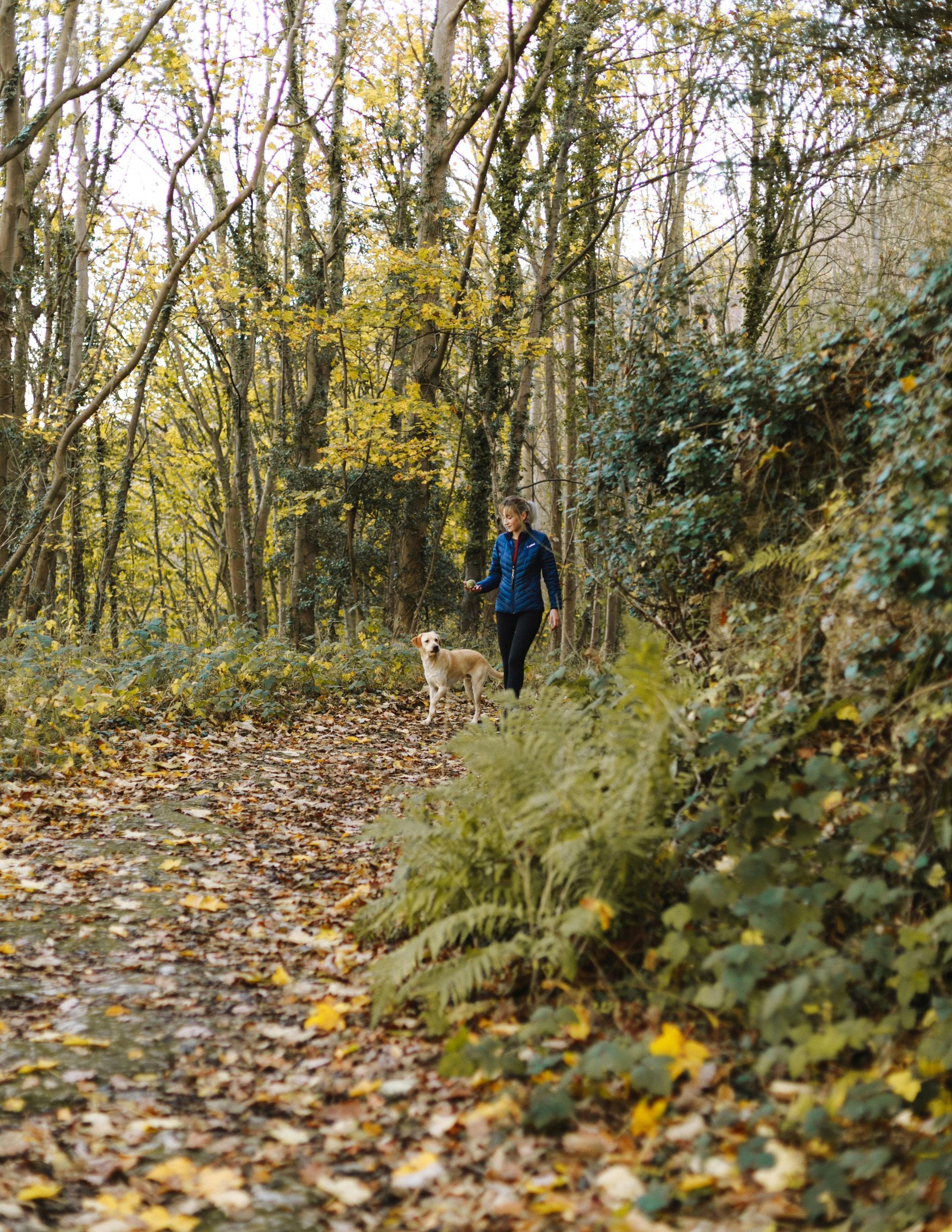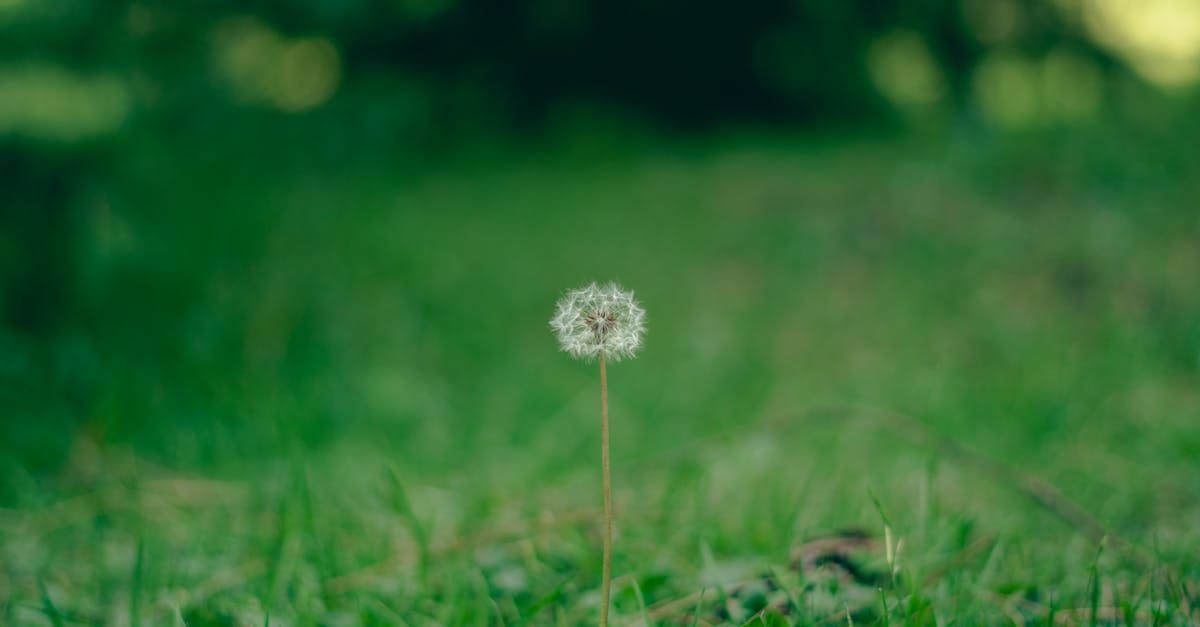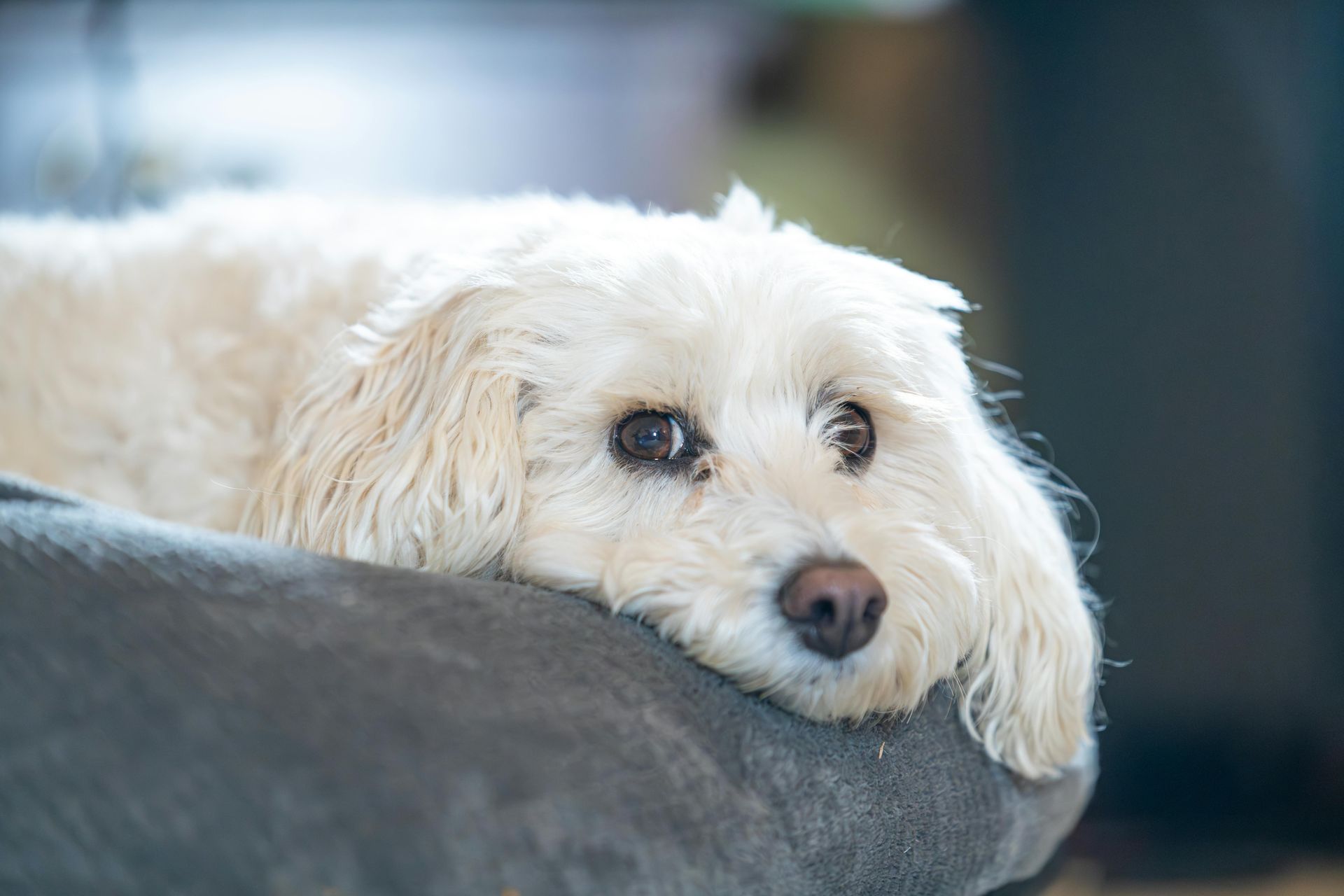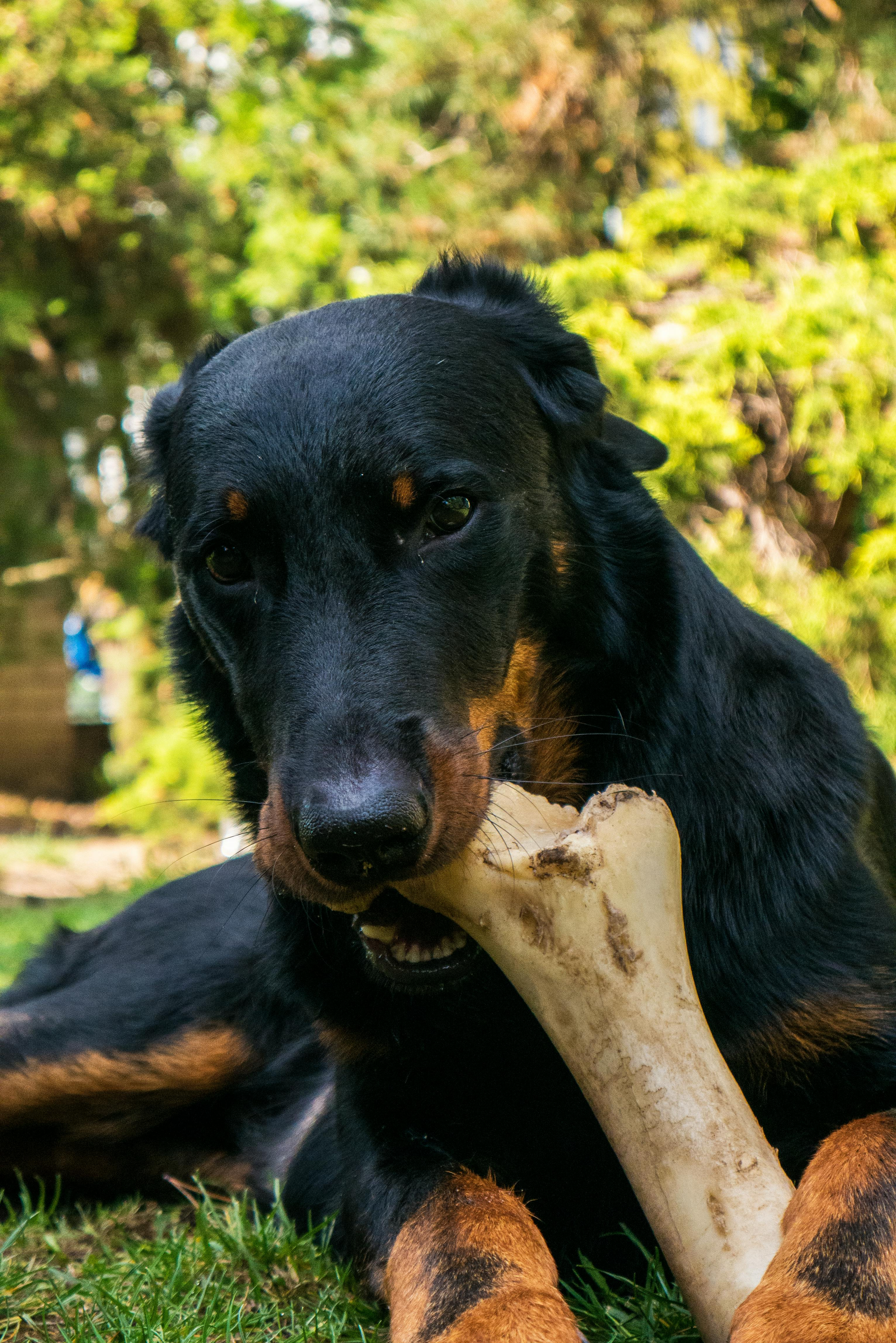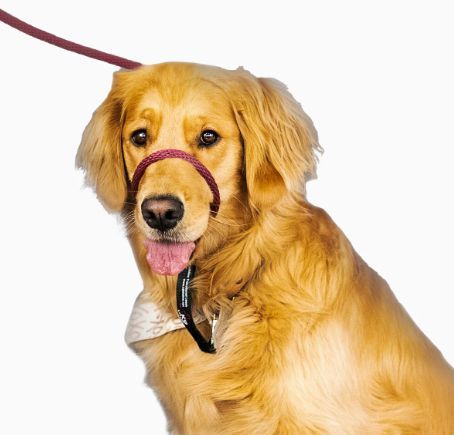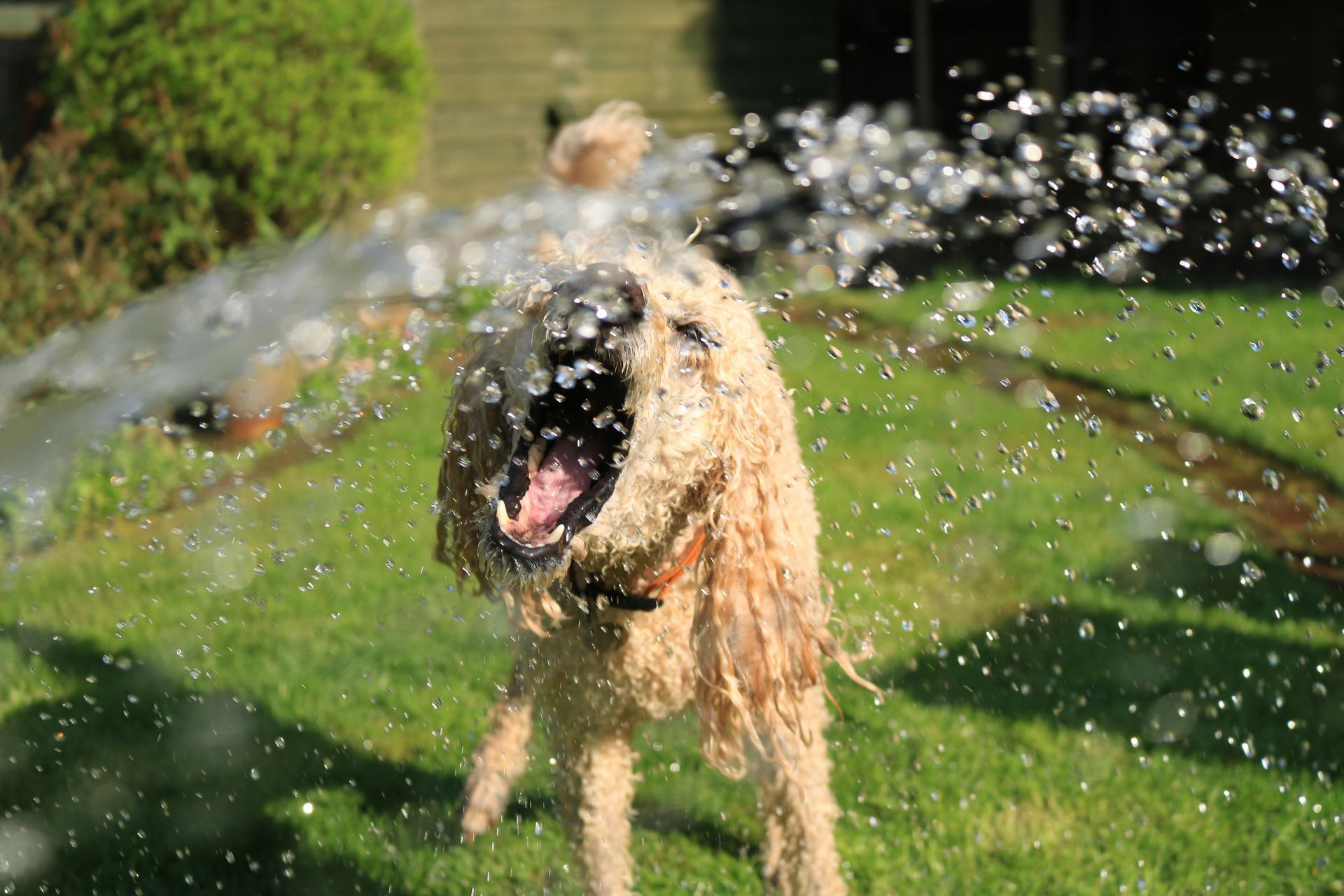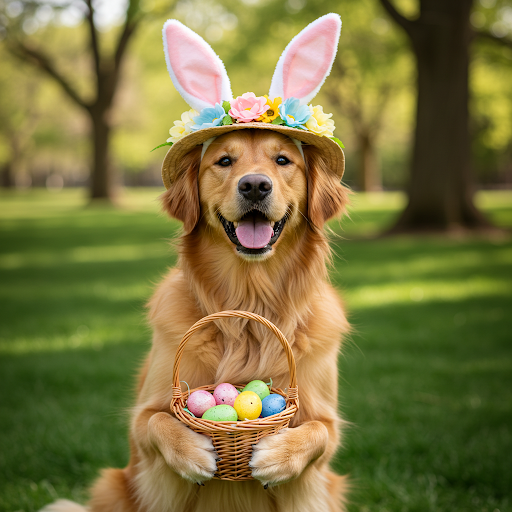10 Tips for New Puppy Owners
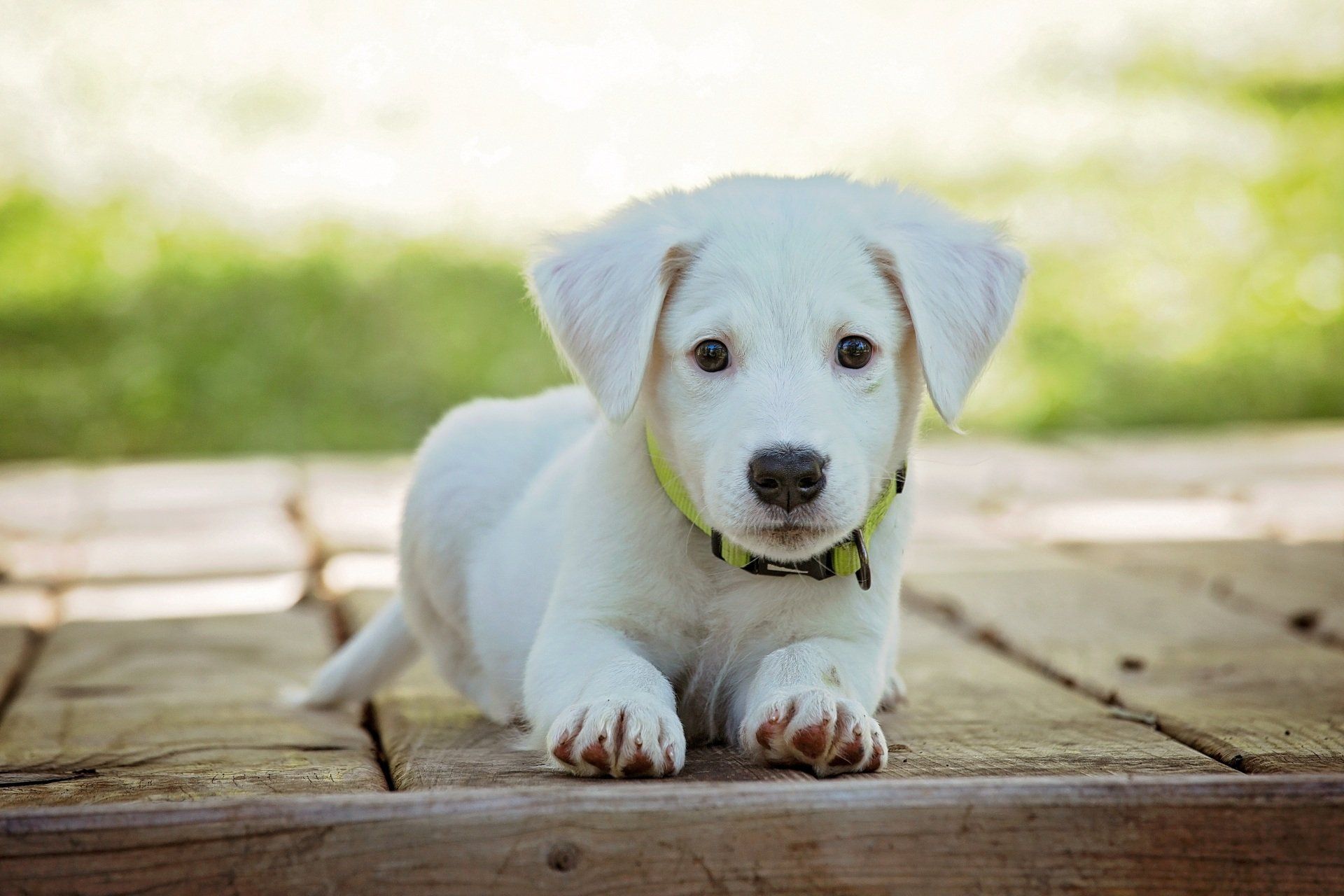
Congratulations on your new puppy! Bringing a new puppy home is an exciting time, but it can also be a bit overwhelming. Here are 10 tips to help you get started with your new furry friend:
- Do your research. Before you bring your puppy home, it's important to do your research and learn about their breed, personality, and needs. This will help you be prepared for the challenges and joys of puppyhood.
- Set up a puppy-proofed space. Make sure your puppy has a safe place to sleep, eat, and play. This space should be free of hazards, such as electrical cords, sharp objects, and toxic substances.
- Start training early. Puppies are like sponges and they learn quickly. Start training your puppy as soon as possible on basic commands, such as sit, stay, and come.
- Be consistent with training. Puppies need consistency in order to learn. Make sure you are consistent with your commands and rewards.
- Socialize your puppy. It's important to socialize your puppy early on so they can learn to interact with other people and animals. Take your puppy to puppy classes, dog parks, and on walks in public places.
- Take your puppy to the vet for regular checkups. Puppies need to see the vet for regular checkups, vaccinations, and deworming.
- Groom your puppy regularly. Puppies need to be groomed regularly, depending on their breed. This will help keep them clean and healthy.
- Exercise your puppy regularly. Puppies need plenty of exercise to stay healthy and happy. Aim for at least 30 minutes of exercise per day.
- Be patient and consistent. Puppyhood is a time of learning and growth. Be patient with your puppy and consistent with your training.
- Have fun! Owning a puppy is a lot of work, but it's also a lot of fun. Enjoy every moment with your new furry friend!
Here are some additional tips for new puppy owners:
- Prepare for accidents. Puppies will have accidents, both in the house and outside. Be prepared to clean them up quickly and calmly.
- Don't leave your puppy alone for long periods of time. Puppies are social creatures and they need interaction. If you leave your puppy alone for too long, they can get bored, destructive, and anxious.
- Be prepared for the cost of owning a puppy. Puppies need food, toys, vet care, and other supplies. Be prepared to budget for these expenses.
- Get help if you need it. If you're struggling with puppy training or behavior problems, don't be afraid to get help from a professional dog trainer or behaviorist.
Bringing home a new puppy is a big responsibility, but it's also a lot of fun. By following these tips, you can help your puppy have a happy and healthy life.
How to announce a new puppy on social media?
Here are a few ideas for how to announce your new puppy on social media:
- Post a photo of your puppy with a cute caption, such as "Meet our new furry family member!"
- Share a video of your puppy playing or interacting with you.
- Write a blog post about your experience bringing home a new puppy.
- Tag your friends and family in the post so they can share in your excitement.
- Use a hashtag like #newpuppy or #puppylove to reach a wider audience.
No matter how you choose to announce your new puppy, make sure it's a positive and upbeat post. Your friends and family will be excited to hear about your new furry friend!
